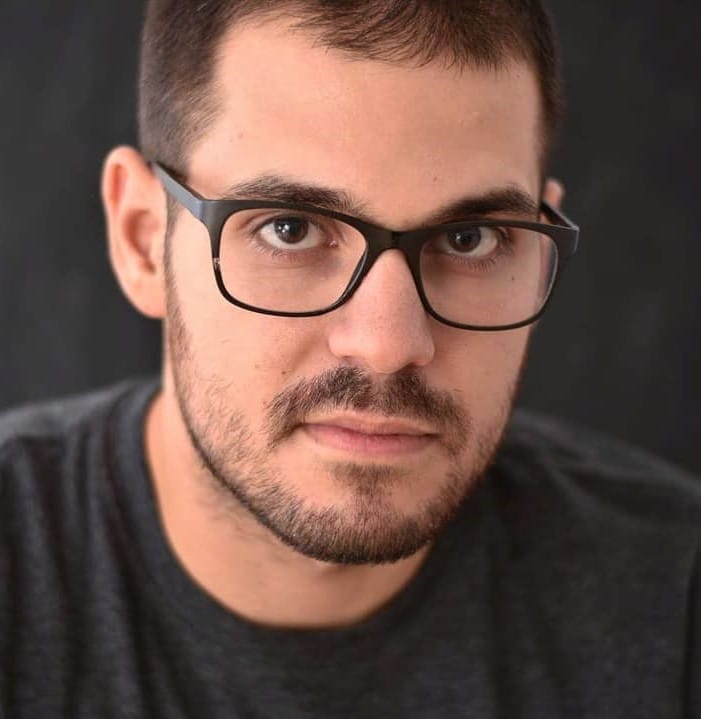Chefs: Demographics, Wages, and Statistics in the US – 2025
We’ve created a comprehensive list of Chef statistics and interesting facts about Chefs in the United States. See average Chef age, educational attainment, salaries and more.
- The average Chef salary in the USA is $62,640 per year, though this can vary based on factors such as experience, location, and industry sector, like restaurants, hotels, or specialty food services
- 63.4% of Chefs are male, while 36.6% are female, highlighting the gender gap that persists within the culinary arts profession
- The third most common ethnicity among Chefs is Asian at 11.4%
- About 22,000 openings for Chefs are projected each year over the next decade
- 27% of all Chefs have a bachelor's degree
- The industry with the highest concentration of employment in Chefs is Special Food Services, where 2.64% of the workforce are Chefs
- Most Chefs who can speak a second language (48.5%) speak Spanish
Chef Employment
There are currently 172,370 Chefs employed across various industries in the United States, such as restaurants, hotels, and food services, according to the Bureau of Labor Statistics.
The growth rate for this position is 5%, which is a better outlook than the national average for most professions.
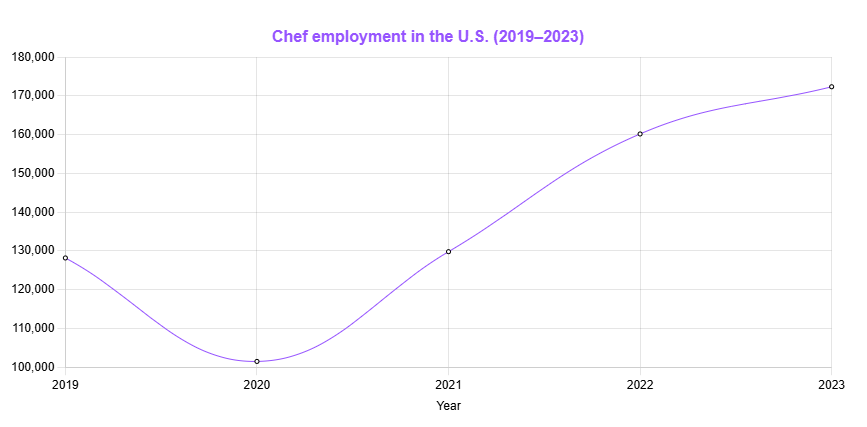
You can see how the job outlook for Chefs in the U.S. has changed over the past couple of years in the graph above.
Gender Distribution Among Chefs in the US
Most Chefs working in the United States (63.4%) are men, while 36.6% of all Chefs are women. This is similar to other kitchen roles, as you can see on our Head Chef demographics page.
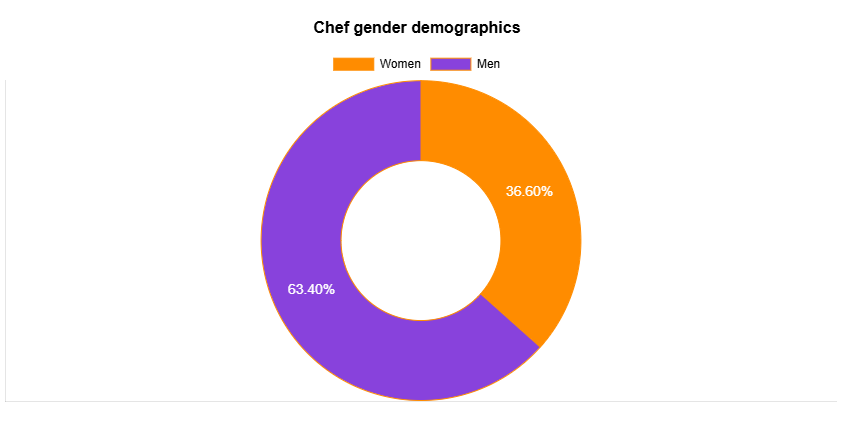
Chef Age Statistics
Most Chefs in the U.S. are over 40 years old, with 56% of the workforce falling into this category, which underscores the need for extensive culinary experience to reach top positions in the food industry.

As you can tell, this is a job that requires a good deal of experience, unlike the Waiter/Waitress role, which is mainly occupied by young people under 30 years old.
Chef Employment Type Statistics
79% of Chefs work full-time, while only 21% are employed part-time, reflecting the demanding nature of the culinary industry.

Chef Ethnicity and Race Statistics
55% of Chefs identify as white, with 17.1% being Hispanic or Latino, contributing to the ethnic diversity of the workforce.
See the breakdown of Chefs by race and ethnicity in the graph below:
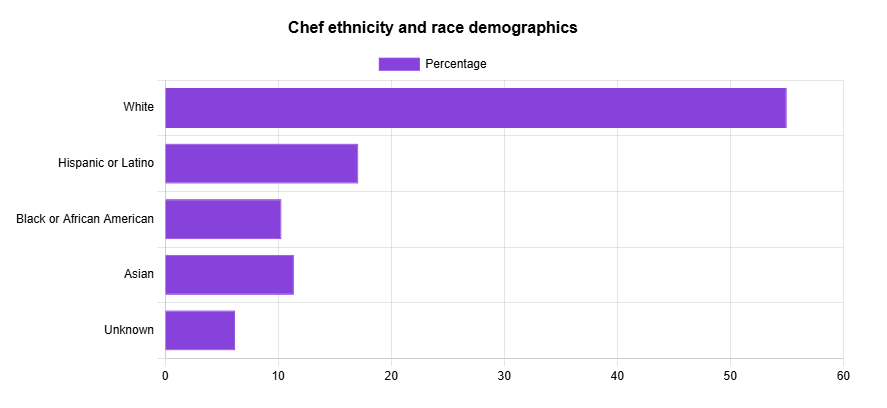
Chef Education Statistics
When it comes to educational attainments for the Chef role, most (38%) have an associate's degree.
That said, a significant number of Chefs (27%) have a bachelor’s degree, while 21% of all Chefs working in a Restaurant have a high school diploma or equivalent.
While a vast percentage of Chefs have some form of education, it is definitely possible to become a Chef without culinary education.
You can see the complete breakdown of Chef education levels in the graph below:
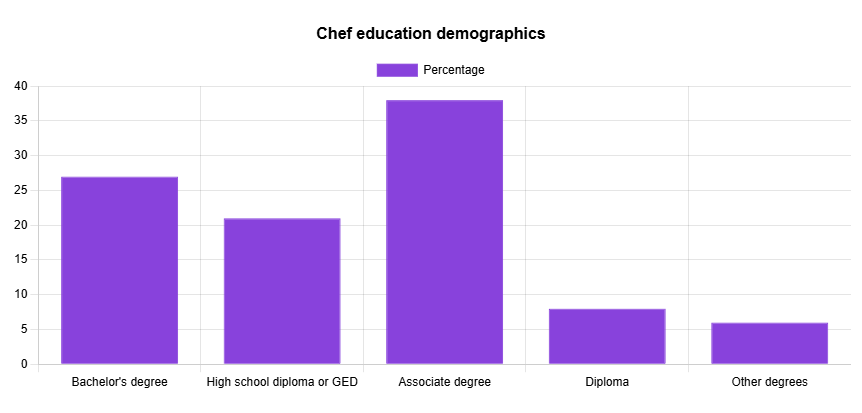
Chef Tenure Statistics
Tenure refers to how long a particular Chef stays in their role without switching careers or moving to a better-paying job.
Most Chefs (36%) stay at the same job for between one and two years, followed by 28% of Chefs who stay at the same job for less than a year.
Explore the breakdown of Chef tenure statistics below:
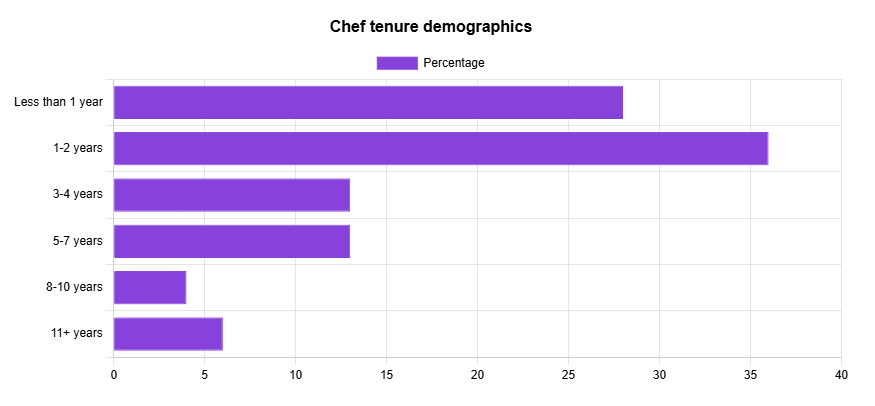
Chef Jobs by Industry
Chefs can work in a restaurant, bar, hotel, resort and other eating establishments.
This means that Chefs work in a wide range of industries.
The ones that employ the most Chefs are:
Chef Jobs by Industry Size
Most Chefs work in restaurants and similar eating places. However, the size of the companies for which Chefs work for can greatly vary.
Most Chefs (30%) work for companies that employ more than 10,000 people, followed by 27% of Chefs who work for companies that employ between 1,000 and 10,000 employees.
See the breakdown of Chef jobs according to the size of their employer in the graph below:
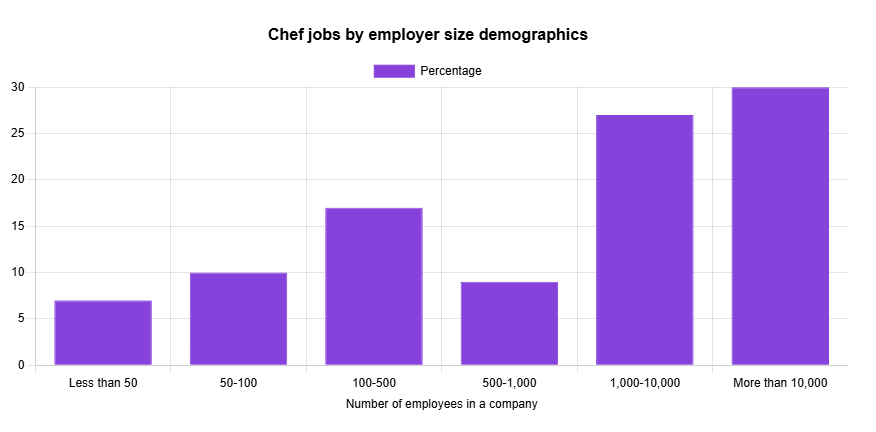
Chef Languages Spoken
While English is expected from Chefs working in the United States, most Chefs also speak a second language.
The most popular second language for Chefs is Spanish, as 48.5% of all Chefs who speak a different language can speak it.
The second most spoken language is French at 14.9%, while Italian is the third most spoken language at 10.4%.
See what other languages Chefs speak below:
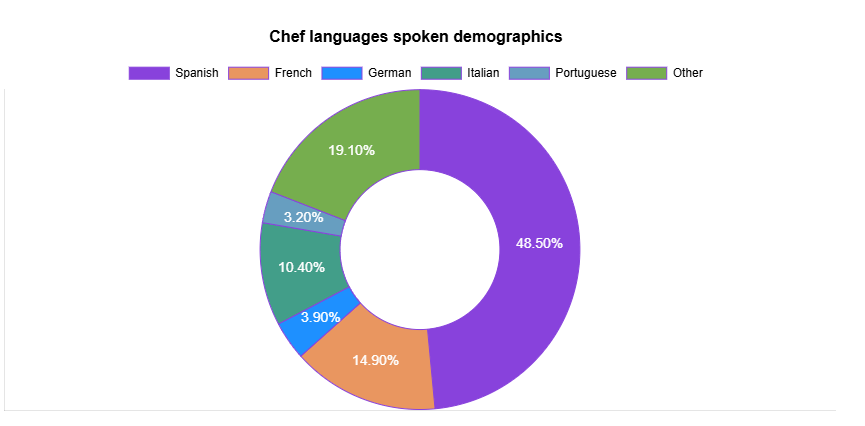
Additional Chef Statistics
- The top-earning Chefs (90th percentile) can earn more than $93,900 annually
- The lowest-paid Chefs (10th percentile) earn $36,040 per year
- The average hourly salary for Chefs is $30.12
- The job outlook for Chefs in the United States is projected to continue growing at 5%, which is faster than average for other professions
- The average salary for a Sous Chef is $62,640 per year
- The highest employment concentration of Chefs is in NYC, particularly in Brooklyn and Queens
Chef Statistics and Demographics Data
We collect and present data from multiple sources, including government websites and agencies.
See how we do it on our statistics and demographics methodology page.

